Small Kitchen Lighting Design
Lighting is a crucial element in any kitchen, but it is especially important in small kitchens where every detail counts. Proper lighting can make a small kitchen feel larger, more inviting, and highly functional. This comprehensive guide will provide you with various lighting design ideas to enhance your small kitchen’s ambiance, utility, and style. From choosing the right fixtures to layering your lighting, we’ll cover everything you need to know to illuminate your small kitchen effectively.
The Importance of Lighting in Small Kitchens

Creating the Illusion of Space
One of the main challenges in a small kitchen is making it appear larger. Proper lighting can create the illusion of space, making your kitchen feel more open and airy. Strategic placement of light fixtures can eliminate shadows and highlight key areas, giving the impression of a more expansive room. For instance, using under-cabinet lighting can illuminate countertops and reduce dark corners, contributing to a brighter, more spacious feel.
Enhancing Functionality
In any kitchen, but particularly in small ones, functionality is paramount. Good lighting improves the usability of your kitchen by ensuring that work areas are well-lit. Task lighting is essential for food preparation, cooking, and cleaning. Without adequate lighting, these tasks can become difficult and even hazardous. For example, installing a bright, focused light over the sink or stove can significantly enhance visibility and safety.
Setting the Mood
The kitchen is often the heart of the home, serving as a place for cooking, eating, and socializing. Proper lighting can set the mood, making your kitchen a more pleasant place to spend time. Warm, soft lighting can create a cozy atmosphere, while brighter, cooler lighting can energize the space. The right combination of lighting can transform your kitchen into a versatile area suitable for various activities.
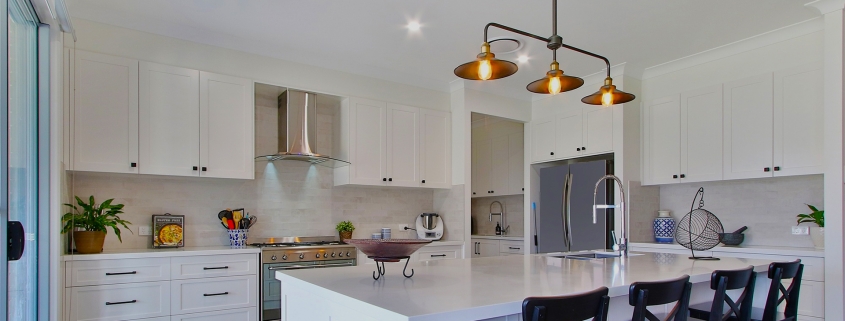
Highlighting Design Elements
Lighting can also be used to highlight your kitchen’s design features, such as a beautiful backsplash, unique cabinetry, or stylish countertops. Accent lighting, like track lights or spotlights, can draw attention to these elements, adding depth and interest to your kitchen’s design. This not only enhances the aesthetic appeal but also adds a touch of sophistication.
Improving Energy Efficiency
With advances in lighting technology, you can now achieve great lighting while also improving energy efficiency. LED lights, for example, use significantly less energy than traditional incandescent bulbs and have a longer lifespan. By incorporating energy-efficient lighting into your small kitchen design, you can reduce your energy consumption and lower your utility bills.
Increasing Home Value
A well-lit kitchen can increase the overall value of your home. Prospective buyers often look for homes with modern, functional kitchens, and good lighting is a key component of that. Investing in quality lighting fixtures and design can make your kitchen more appealing to buyers, potentially increasing your home’s resale value.

Types of Lighting for Small Kitchens
Ambient Lighting
Ambient lighting, or general lighting, is the primary source of light in a room. In small kitchens, ambient lighting should be bright enough to illuminate the entire space without being harsh. Ceiling-mounted fixtures such as flush mounts, recessed lights, or a central pendant light can provide even, overall illumination. It’s important to choose fixtures that distribute light evenly across the kitchen, reducing shadows and creating a warm, inviting atmosphere.
Task Lighting
Task lighting is focused lighting that illuminates specific work areas. In a small kitchen, task lighting is essential for activities like chopping vegetables, reading recipes, or cleaning. Common task lighting solutions include under-cabinet lights, pendant lights over the kitchen island, and adjustable wall-mounted fixtures. LED strip lights under cabinets can effectively brighten countertops, making them more functional and safe for food preparation.
Accent Lighting
Accent lighting adds drama and visual interest to your kitchen by highlighting specific features or areas. In a small kitchen, accent lighting can draw attention to decorative elements like a unique backsplash, open shelving, or artwork. Track lighting, spotlights, and small recessed lights are excellent choices for accent lighting. These fixtures can be directed to shine on specific areas, creating focal points and enhancing the overall aesthetic of your kitchen.
Decorative Lighting
Decorative lighting serves both a functional and aesthetic purpose. It can be used to make a style statement, adding personality and charm to your kitchen. Chandeliers, pendant lights, and stylish wall sconces are examples of decorative lighting that can also provide ambient or task lighting. When choosing decorative lighting, consider fixtures that complement your kitchen’s design and color scheme while also providing adequate illumination.
Natural Lighting
Natural lighting can significantly enhance the look and feel of a small kitchen. Maximizing natural light can make your kitchen appear larger and more inviting. Consider using sheer window treatments, installing a skylight, or even enlarging windows to allow more sunlight to flood the space. Reflective surfaces, such as glossy countertops and backsplashes, can also help bounce natural light around the room, enhancing brightness.
Layered Lighting
Layered lighting involves combining different types of lighting to create a well-balanced, versatile lighting scheme. In a small kitchen, layering ambient, task, accent, and decorative lighting can provide both functionality and visual appeal. For example, use ambient lighting for general illumination, task lighting for specific work areas, accent lighting to highlight design features, and decorative lighting to add style. This approach ensures that your kitchen is well-lit for any activity, creating a dynamic and inviting space.

Choosing the Right Fixtures
Pendant Lights
Pendant lights are a popular choice for small kitchens due to their versatility and stylish appeal. They can provide both task and ambient lighting, depending on their placement and design. Hanging pendant lights over an island or breakfast bar can create a focal point while offering practical illumination for food preparation or dining. Choose pendants with adjustable heights to customize the lighting to your needs.
Recessed Lighting
Recessed lighting is an excellent option for small kitchens because it provides ample illumination without taking up visual space. These lights are installed into the ceiling, creating a clean, unobtrusive look. Recessed lights can be used for both ambient and task lighting, depending on their placement. For even coverage, space the lights evenly across the ceiling, and consider using dimmable bulbs to adjust the light intensity as needed.
Under-Cabinet Lighting
Under-cabinet lighting is a must-have for small kitchens, as it effectively brightens countertops and reduces shadows. LED strip lights or puck lights are popular choices for under-cabinet lighting. These fixtures are easy to install and can be directed to shine directly onto the work surface. Under-cabinet lighting not only improves visibility but also adds a modern touch to your kitchen.
Track Lighting
Track lighting offers flexibility in directing light where it’s needed most. This type of lighting consists of a track with adjustable fixtures that can be positioned to highlight specific areas or features. In a small kitchen, track lighting can be used to provide both task and accent lighting. Install a track light system on the ceiling or under cabinets to illuminate countertops, shelving, or decorative elements.
Wall Sconces
Wall sconces are a stylish way to add both task and decorative lighting to a small kitchen. These fixtures are mounted on the wall and can be used to highlight specific areas or provide additional light where ceiling fixtures are not feasible. Choose wall sconces with adjustable arms or shades to direct light as needed. Wall sconces can also serve as decorative elements, adding character and charm to your kitchen.
Chandeliers
While chandeliers are often associated with larger spaces, they can also work well in small kitchens if chosen carefully. A small, understated chandelier can serve as a decorative focal point while providing ambient lighting. When selecting a chandelier for a small kitchen, opt for a design that complements your decor without overwhelming the space. Ensure the chandelier is proportionate to the size of your kitchen and does not obstruct movement or sightlines.

Practical Lighting Solutions for Small Kitchens
LED Strip Lights
LED strip lights are a versatile and energy-efficient lighting solution for small kitchens. These flexible strips can be installed under cabinets, along the edges of countertops, or inside drawers to provide additional illumination. LED strip lights are available in various colors and brightness levels, allowing you to customize the lighting to your preferences. They are also easy to install and can be cut to fit any length, making them ideal for small spaces.
Smart Lighting
Smart lighting systems offer convenience and flexibility, allowing you to control your kitchen lighting with a smartphone or voice assistant. With smart bulbs or switches, you can adjust the brightness, color temperature, and even set schedules for your lights. This can enhance the functionality of your small kitchen, making it easier to create the perfect lighting for different activities. Additionally, smart lighting can improve energy efficiency by allowing you to turn off lights remotely or set them to turn off automatically when not in use.
Battery-Powered Lights
Battery-powered lights are a practical solution for areas where wiring is difficult or impossible. These lights can be easily installed under cabinets, inside closets, or in other small spaces that need additional illumination. Battery-powered puck lights or LED tap lights are popular choices for small kitchens. They are easy to install and can be moved as needed, providing flexible lighting options without the need for electrical work.
Plug-in Fixtures
Plug-in fixtures offer a convenient lighting solution for small kitchens without the need for hardwiring. These fixtures can be plugged into any standard outlet and mounted on walls, under cabinets, or on shelves. Plug-in pendant lights, wall sconces, and under-cabinet lights are available in various styles and designs, making it easy to find fixtures that complement your kitchen decor. They provide an easy way to add additional lighting without the need for an electrician.
Motion Sensor Lights
Motion sensor lights are a practical addition to any small kitchen, providing hands-free illumination when you need it most. These lights automatically turn on when they detect movement, making them ideal for under cabinets, inside drawers, or near entryways. Motion sensor lights can improve safety and convenience, especially in a busy kitchen where your hands are often full. They are available in battery-powered and plug-in options, making them easy to install in any space.
Reflective Surfaces
Using reflective surfaces in your small kitchen can enhance the effectiveness of your lighting by bouncing light around the room. Glossy countertops, shiny backsplashes, and stainless steel appliances can reflect both natural and artificial light, making your kitchen appear brighter and more spacious. Consider incorporating reflective materials into your kitchen design to maximize the impact of your lighting and create a more open, airy feel.
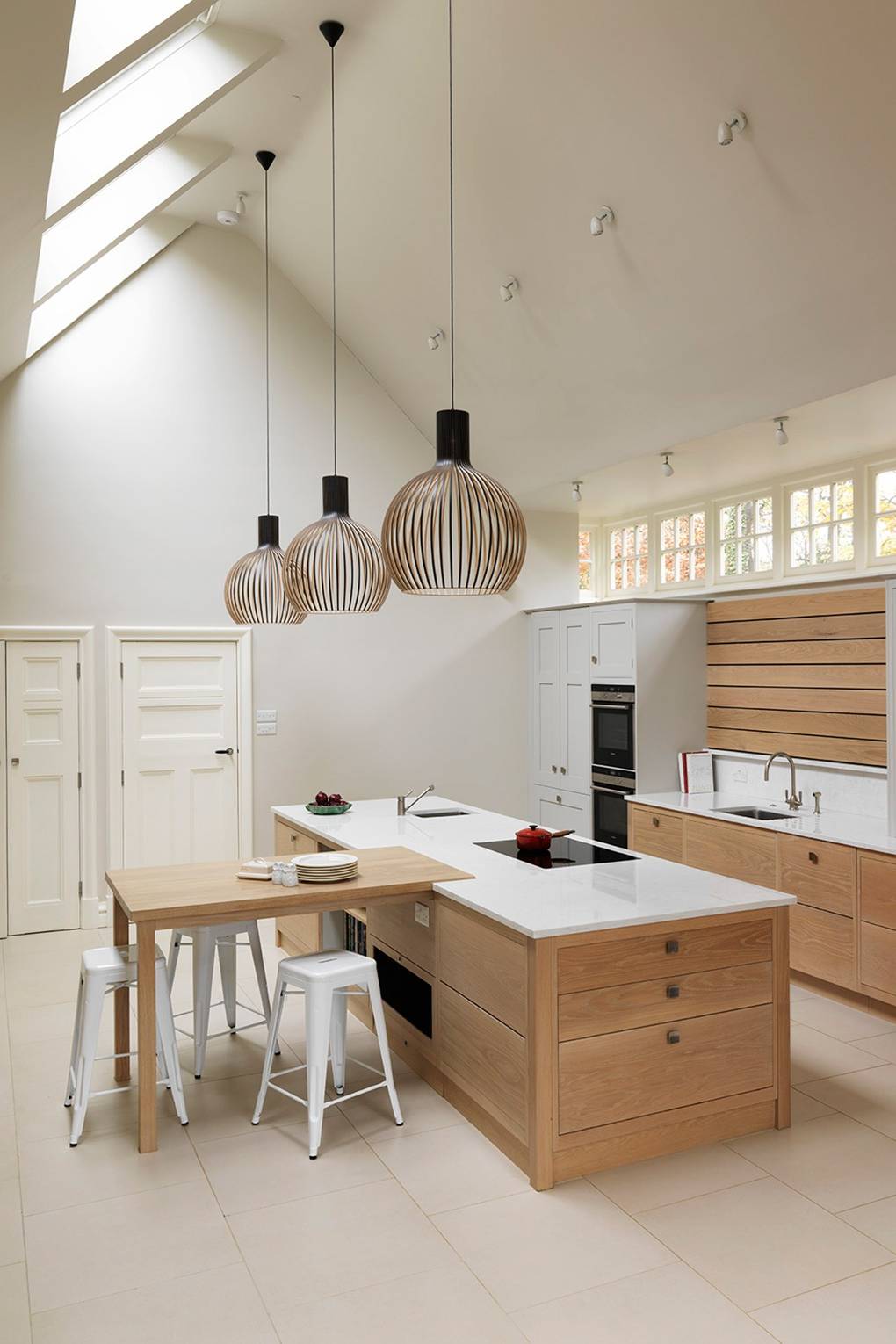
Tips for Enhancing Small Kitchen Lighting
Use Light Colors
Light colors can help to reflect light and make a small kitchen feel larger and brighter. Opt for light-colored cabinets, countertops, and walls to maximize the effect of your lighting. White, cream, light gray, and pastel shades are excellent choices for creating a bright, airy atmosphere. Additionally, using light-colored finishes for your lighting fixtures can enhance their reflective qualities, further brightening the space.
Avoid Dark Corners
Dark corners can make a small kitchen feel cramped and uninviting. Use lighting strategically to eliminate shadows and brighten every corner of the room. Under-cabinet lighting, recessed lights, and strategically placed wall sconces can help to illuminate hard-to-reach areas. Consider using multiple light sources to ensure even coverage and reduce the risk of dark, shadowy spots.
Incorporate Mirrors
Mirrors are a great way to enhance the lighting in a small kitchen. They reflect light, making the space appear larger and brighter. Place mirrors on walls, cabinet doors, or even as part of a backsplash to maximize the effect. Mirrors can also add a decorative element to your kitchen, contributing to the overall design while improving the lighting.
Opt for Glass or Open Shelving
Glass or open shelving can help to create a more open, airy feel in a small kitchen. These types of shelving allow light to pass through, reducing shadows and making the space feel larger. Use glass shelves or open shelving to display dishes, cookbooks, or decorative items. This not only improves the lighting but also adds a stylish touch to your kitchen design.
Layer Your Lighting
Layering your lighting is essential for creating a balanced and versatile lighting scheme. Combine ambient, task, accent, and decorative lighting to provide both functionality and visual interest. Use dimmers to adjust the intensity of your lights, allowing you to create the perfect atmosphere for any activity. Layered lighting ensures that your small kitchen is well-lit for cooking, dining, and entertaining.
Keep It Simple
In a small kitchen, less is often more. Avoid overloading the space with too many light fixtures or overly ornate designs. Choose simple, streamlined fixtures that provide adequate illumination without overwhelming the room. Focus on functionality and efficiency, ensuring that your lighting enhances the space without cluttering it.
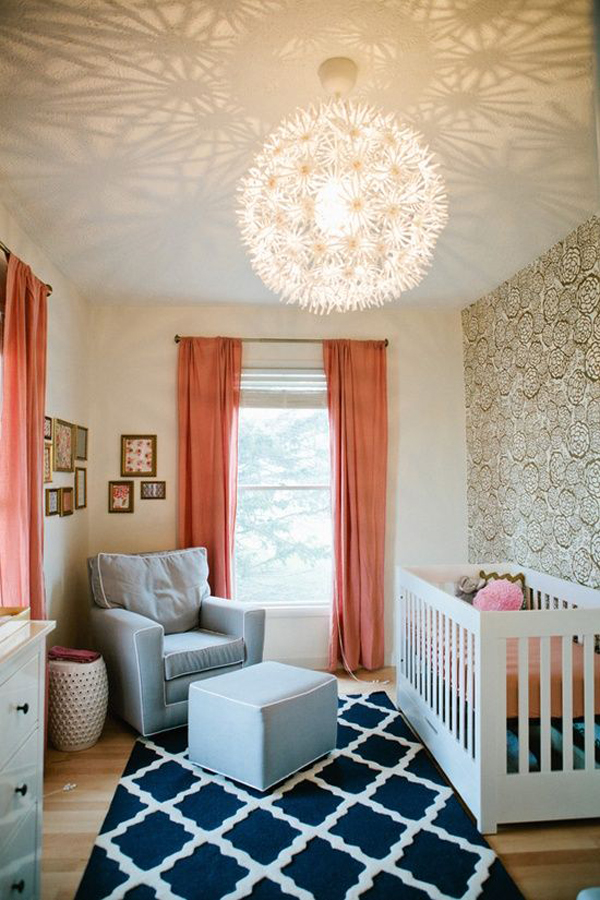
Common Mistakes to Avoid
Overlooking Task Lighting
One of the most common mistakes in kitchen lighting design is neglecting task lighting. In a small kitchen, task lighting is essential for food preparation and cooking. Ensure that countertops, sinks, and cooking areas are well-lit with focused, bright light. Skipping task lighting can result in insufficient illumination, making everyday tasks more difficult and potentially hazardous.
Using Only One Light Source
Relying on a single light source can create uneven lighting and shadows in your small kitchen. It’s important to use multiple light sources to provide balanced illumination. Combine ambient, task, and accent lighting to ensure that every area of your kitchen is well-lit. Using only one light source can make the space feel smaller and less functional.
Choosing the Wrong Bulb Color Temperature
The color temperature of your bulbs can significantly impact the atmosphere of your kitchen. Warm white bulbs (around 2700K-3000K) create a cozy, inviting feel, while cool white bulbs (around 4000K-5000K) provide a bright, energizing light. Choosing the wrong color temperature can affect the overall mood and functionality of your kitchen. Consider the activities you’ll be doing and select the appropriate color temperature to match.
Ignoring Dimmers
Dimmers are a valuable addition to any kitchen lighting scheme, allowing you to adjust the light intensity to suit different activities and times of day. Ignoring dimmers can limit the versatility of your lighting. Install dimmers on your main light sources to create a customizable lighting environment that can transition from bright and functional to soft and ambient.
Neglecting Natural Light
Maximizing natural light is crucial in a small kitchen. Neglecting to take advantage of natural light sources can make your kitchen feel dark and cramped. Use light, sheer window treatments to allow sunlight to filter in, and consider reflective surfaces to bounce light around the room. Ignoring natural light opportunities can diminish the overall brightness and appeal of your kitchen.
Overcomplicating the Design
In a small kitchen, simplicity is key. Overcomplicating your lighting design with too many fixtures or elaborate designs can overwhelm the space. Choose streamlined, functional fixtures that provide the necessary illumination without cluttering the room. Focus on creating a balanced, cohesive lighting scheme that enhances the space without overpowering it.
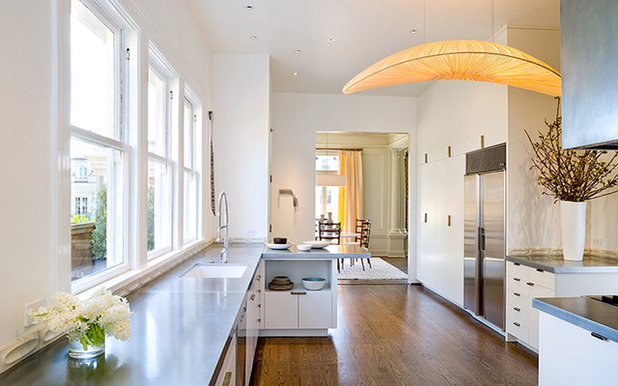
What is the best type of lighting for a small kitchen?
The best type of lighting for a small kitchen is a combination of ambient, task, and accent lighting. Ambient lighting provides overall illumination, task lighting focuses on specific work areas, and accent lighting highlights design features. Using multiple types of lighting creates a balanced, versatile lighting scheme that enhances both functionality and aesthetics.
How can I make my small kitchen look bigger with lighting?
To make a small kitchen look bigger with lighting, use light colors, maximize natural light, and incorporate reflective surfaces. Light-colored cabinets, countertops, and walls can reflect light and create an airy feel. Sheer window treatments and strategically placed mirrors can enhance natural light. Additionally, use multiple light sources to eliminate shadows and brighten every corner of the room.
What are some energy-efficient lighting options for small kitchens?
Energy-efficient lighting options for small kitchens include LED lights and smart lighting systems. LED lights use less energy and have a longer lifespan compared to traditional bulbs. Smart lighting systems allow you to control the lights remotely, set schedules, and adjust brightness, further improving energy efficiency. Both options can reduce energy consumption and lower utility bills.
How do I choose the right color temperature for my kitchen lighting?
Choose the color temperature for your kitchen lighting based on the desired atmosphere and functionality. Warm white bulbs (2700K-3000K) create a cozy, inviting feel, ideal for dining and entertaining. Cool white bulbs (4000K-5000K) provide a bright, energizing light, suitable for cooking and food preparation. Consider the activities you’ll be doing and select the appropriate color temperature to match.
Can I add lighting to my small kitchen without professional help?
Yes, you can add lighting to your small kitchen without professional help by using battery-powered lights, plug-in fixtures, and motion sensor lights. These options are easy to install and do not require electrical work. For more complex installations, such as hardwired fixtures or adding new outlets, it’s recommended to hire a licensed electrician to ensure safety and compliance with local codes.
What are some innovative lighting solutions for a small kitchen?
Innovative lighting solutions for a small kitchen include LED strip lights, smart lighting systems, and motion sensor lights. LED strip lights can be installed under cabinets or along countertops for additional illumination. Smart lighting systems allow you to control lights with a smartphone or voice assistant. Motion sensor lights provide hands-free illumination, enhancing convenience and safety. These solutions offer flexibility, efficiency, and improved functionality for small kitchens.

Quality Ideas For Pendant Lighting In The Kitchen

Classy And Marvelous Bedroom Wall Design Ideas
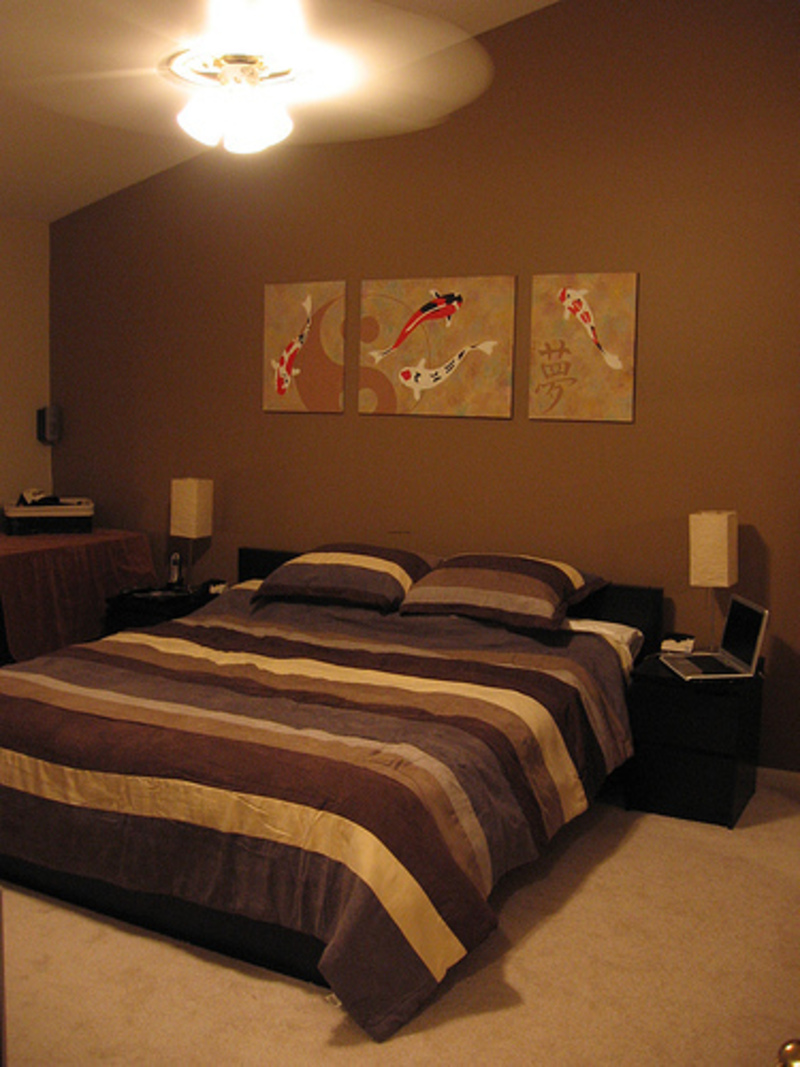
New Kitchen Lighting Design Ideas

Related Posts:
- Light Pink Kitchen Utensils
- Round Led Kitchen Lights
- Recessed Fluorescent Lighting Kitchen
- Lighting Kitchener Ontario
- Led Kitchen Lighting Solutions
- Modern Kitchen Ceiling Light Fixtures
- Pendant Lighting Kitchen Ideas
- Kitchen Backsplash Ideas For Light Cabinets
- Kitchen Ceiling Light Box
- Industrial Farmhouse Kitchen Lighting